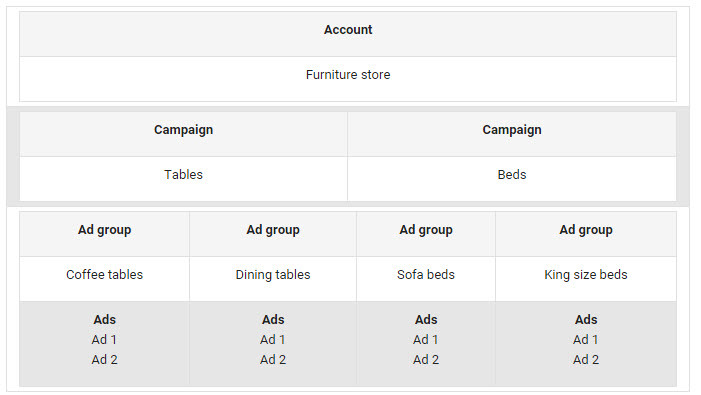Social media has become an integral part of modern marketing strategies.
It is a way of offering businesses a powerful platform to build their brand, drive traffic, and generate leads.
Here are the top 10 ways social media can help businesses achieve these goals:
Increased Visibility and Exposure:
A well-executed social media marketing strategy can lead to increased visibility for your business. When you create interesting, relevant content, people will share it with their followers, which will increase your reach and exposure
Brand Building and Thought Leadership:
Social media allows businesses to become thought leaders and stand out from their competitors, establishing themselves as industry leaders through engaging and relevant content. Sharing valuable insights and expertise can help build brand authority and trust.
Engagement and Relationship Building:
Social media provides an avenue for creating a visual brand, allowing businesses to develop an identity and voice to showcase their brand values and engage with followers. Building and maintaining brand loyalty through engagement and relationship building is crucial for long-term success.
Content Distribution and Traffic Generation:
Social media is an effective platform for distributing content and driving traffic to a business website. Engaging social media content can pique the interest of followers, leading them to explore the business’s website for more information.
Lead Generation and Social Selling:
Social media can be leveraged for social selling, combining elements of social listening, lead generation, and sales practices. Engaging with potential leads and customers on social media can lead to valuable business opportunities.
Customer Insights and Targeting:
Social media provides businesses with the opportunity to learn more granular information about their customers’ interests, needs, behaviors, and desires. This insight can be used to tailor marketing efforts and target specific audience segments effectively.
Visual Branding and Content Creation:
Visual posts are more engaging than plain text, and social media provides an easy avenue for creating a visual brand. Businesses can use creative and visually appealing content to showcase their brand values and engage with their audience.
Thoughtful Content Sharing and Engagement:
Thoughtful content sharing on social media platforms can help businesses establish themselves as thought leaders and contribute to substantive industry-related conversations, ultimately driving engagement and brand recognition.
Social Listening and Industry Insights:
Social media platforms offer valuable insights into industry trends, customer sentiments, and competitor activities through social listening. Businesses can leverage this information to refine their marketing strategies and stay ahead in their industry.
Content Repurposing and Performance Tracking:
Businesses can repurpose content across different social media platforms to maximize its reach and impact. Tracking the performance of content can provide valuable insights into audience preferences and help refine future content strategies.
BONUS! SOCIAL MEDIA CONTENT TOOLS:
We love Metricool and Agorapulse.
MetriCool is our favorite right now. It is a social media management tool that offers a range of features for scheduling, analyzing, and managing content across various platforms. There are others you can try, like Hootsuite, Buffer and Coschedule. (We have tried them all)
Here’s a quick summary of Metricool:
All-in-One Platform: Metricool provides a comprehensive suite of tools for social media management, including scheduling, analytics, and reporting, making it a convenient option for businesses looking for a single platform to handle their social media needs. Easy to look up competitor’s data and analysis.
Affordability: It is relatively affordable compared to some of the more established social media management tools, making it an attractive option for small to medium-sized businesses with budget constraints.
User-Friendly Interface: Metricool is often praised for its intuitive and user-friendly interface, which can be beneficial for businesses with limited experience in social media management.
IN SUMMARY…
Social media plays a pivotal role in helping businesses build their brand, drive traffic, and generate leads by providing a platform for increased visibility, engagement, content distribution, and valuable customer insights.
These strategies above and with specialized tools, when implemented effectively, can contribute to the overall success and growth of a business in the digital landscape.







